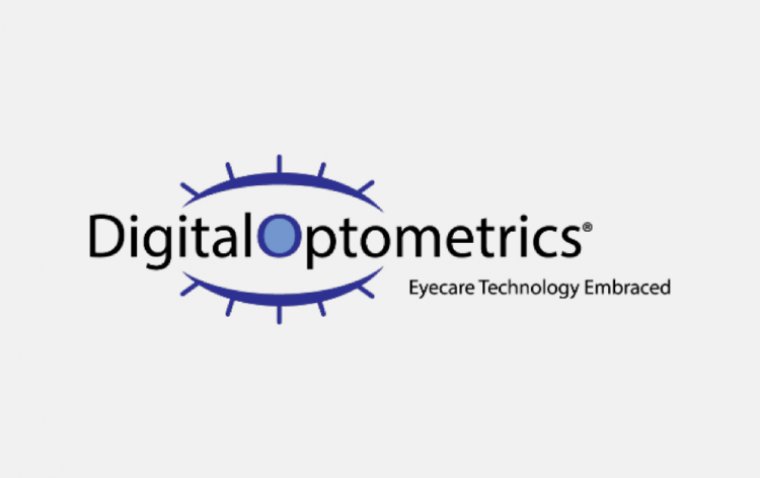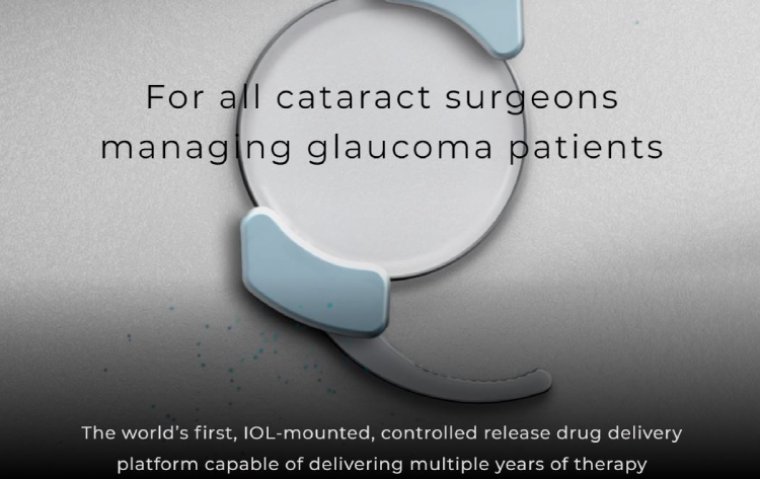
Nordic Pharma Launches Lacrifill Canalicular Gel to Combat Dry Eye
Nordic Pharma announced the commercial launch of Lacrifill Canalicular Gel, aimed at addressing dry eye disease in the United States.
This novel therapy, Lacrifill, is a cross-linked hyaluronic acid derivative that has received clearance from the FDA. Its primary function is to temporarily obstruct tear drainage by occluding the canalicular system. By doing so, the gel facilitates the natural bathing of a patient's eyes in their own tears. Notably, Lacrifill is tailored to suit each patient's unique needs and ensures a comprehensive fill of the canalicular system, enhancing efficacy.
Administered through an in-office procedure, Lacrifill utilizes the existing CPT code (68761) for reimbursement purposes. The effects of this intervention are long-lasting, offering relief for up to six months following treatment.
In a recent company news release, Dr. Jai Parekh, MD, Chief Commercial Officer of Eye Care US, expressed enthusiasm about the transformative potential of Lacrifill Canalicular Gel in the field of ophthalmology. "It’s been so exciting to be part of the launch of Lacrifill Canalicular Gel, an interventional dry eye treatment that helps ophthalmologists with cataract, glaucoma, and refractive surgeries and all of their dry eye needs. This dry eye therapy is truly changing practice and changing lives."
Nordic Pharma's commitment to advancing eye care solutions is further underscored by its participation in Kiawah Eye 2024, held in Kiawah Island, SC from May 30 to June 1. At this event, the company aims to disseminate crucial information about Lacrifill Canalicular Gel and facilitate orders, reaffirming its dedication to addressing the unmet needs of individuals suffering from dry eye syndrome.
Dry Eye Disease
Dry eye disease is a common ocular condition characterized by insufficient moisture and lubrication on the surface of the eye. This condition can lead to a range of symptoms, including irritation, redness, burning sensation, and intermittent blurry vision.
Dry eye disease often occurs due to a variety of factors, such as aging, environmental conditions, certain medications, hormonal changes, and underlying health conditions. The underlying mechanism typically involves either decreased tear production or increased tear evaporation, resulting in an imbalance of tear film composition. Left untreated, dry eye disease can significantly impact quality of life and may even lead to complications such as corneal damage or vision impairment.
(1).jpg)










